Jefferson’s Ocean Voyage 14
Explore the journey starting from the Port Of Savannah, Georgia
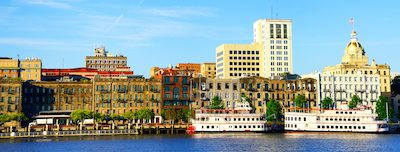
Savannah, Georgia
Departed Savannah during the hurricane season in May of 2017 and returned in September 2017.

Rough Seas
Encountered heavy seas and powerful winds through the Caribbean 450 nautical miles north of the Panama Canal
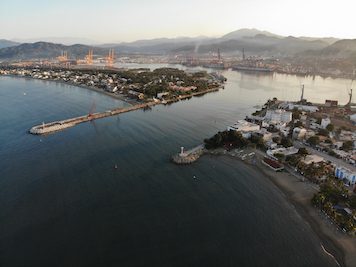
Manzanillo, Panama
Reached the entrance to the Panama Canal at Manzanillo after being battered by tropical force winds.

Rough Seas
Continued to be hammered by massive waves and wind brought on by typhoons forming in the Pacific while en route to Tahiti.
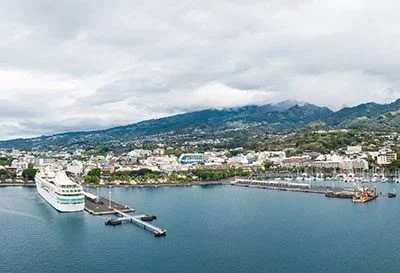
Pape’ete, Tahiti
Ported in Papeete, Tahiti after fighting through the rough ocean conditions.

Weather Conditions
Experienced rain, wind, and heavy waves from Tahiti to New Zealand.
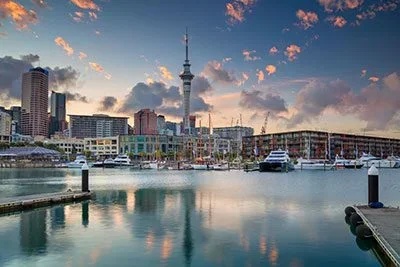
Auckland, New Zealand
Arrived in Auckland, New Zealand after days of being pelted by South Pacific storms.
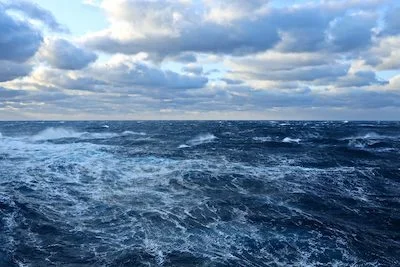
Rough Seas Subside
Took less of a beating by the sea while en route to Brisbane, Australia, but continued to face wind and waves.
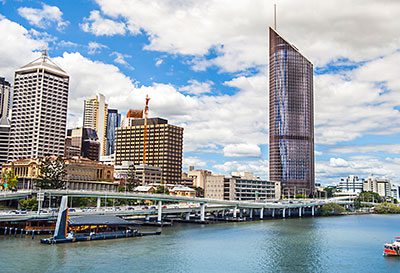
Brisbane, Australia
Ported in Brisbane, Australia.
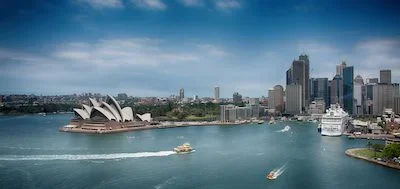
Sydney, Australia
Arrived in Sydney, Australia.
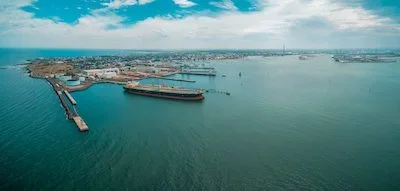
Melbourne, Australia
Ported Melbourne, Australia.

Sea Conditions
Pounded by rough seas from a massive cyclone attempting to form 100 miles away.

Fremantle, Australia
Continued to dodge extremely foul weather before arriving in Fremantle, Australia.

Weather Conditions
Encountered muggy and humid temperatures in the 80s from all the cyclones trying to form.
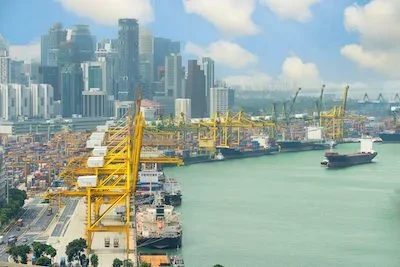
Singapore
Arrived in Singapore.
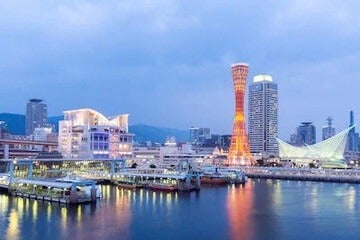
Kobe, Japan
Ported in Kobe, Japan.
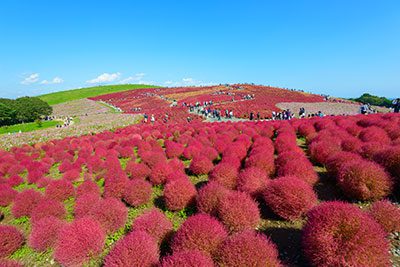
Hitachinaka, Japan
Ported in Hitachinaka, Japan.

Sea Conditions Pacific Rim
Experienced waves and winds around the Pacific Rim from the cyclones typhoons forming hundreds of miles away.
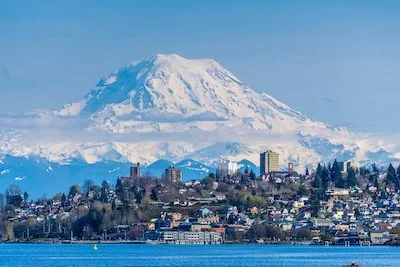
Tacoma, Washington
Reached Tacoma, Washington after being battered in the Pacific Ocean for thousands of miles.

Manzanillo, Panama
Reached the entrance to the Panama Canal at Manzanillo after being battered by tropical force winds.

Rough Seas
Encountered heavy seas and powerful winds through the Caribbean 450 nautical miles north of the Panama Canal
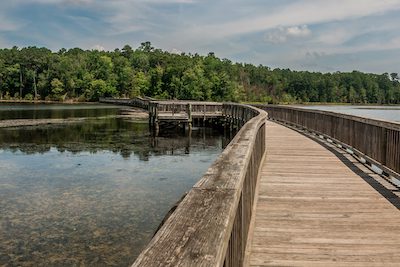
Newport News, Virginia
Ported in Newport News, Virginia
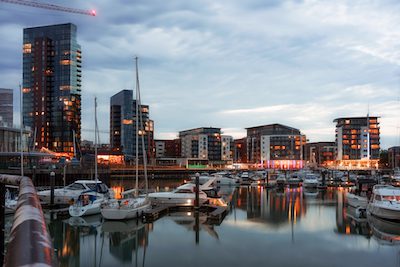
Southampton, UK
Arrived in Southampton, UK.
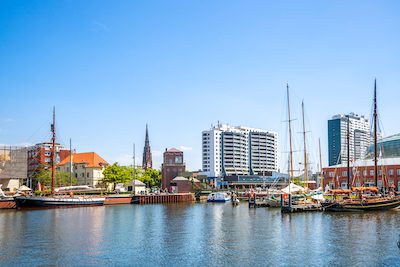
Bremerhaven, Germany
Ported in Bremerhaven, Germany.

Le Havre, France
Ported in Le Havre, France.

Low Temperatures
Battered by hurricane season being in full effect – VOYAGE 14 experienced very rough seas with cold temperatures throughout the journey back to Savannah, Georgia.

North Atlantic
Battered again by waves and winds caused by hurricanes forming in the Atlantic.

Newport News, Virginia
Ported in Newport News, Virginia

Savannah, Georgia
Departed Savannah during the hurricane season in May of 2017 and returned in September 2017.
Captain’s Log
OCEAN Voyage 14 was scheduled to sail on May 31st, the official beginning of the hurricane season in both the Atlantic and Pacific Oceans. Storms at sea are a normal and unavoidable reality however, weather experts were predicting that this season would have more named storms than typical because of a combination of a weak El Niño, above-average ocean-surface temperatures, and weaker vertical wind shear.
With that prediction noted in the ship’s log, Voyage 14 departed the port of Savannah, GA on schedule. True to prediction, heavy seas and powerful winds were encountered 450 nautical miles north of the Panama Canal. By June 2nd there were four named tropical storms working their way across the Atlantic from the coast of Africa and all were cranking up to hurricane level.
At sea, a tropical storm warning is a warning issued by the National Weather Service of the United States when winds between 48 knots (89 km/h, 55 mph) and 63 knots (117 km/h, 73 mph) are occurring or predicted to occur soon. In US maritime warning flag systems, a red square flag with a black square in the middle is used to indicate a tropical storm warning. The use of two such flags denotes a hurricane force wind warning of 74 mph and above. With sustained winds of 58 mph, gusting to 70 mph, a single red and black flag was run up the ship’s mast.
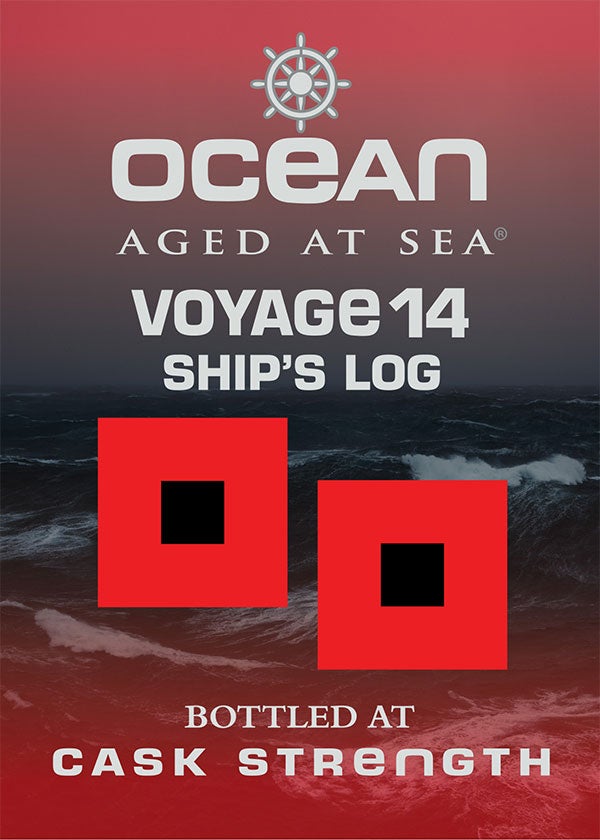
Voyage 14 reached the Panama Canal without having to raise a second red and black flag, but they were far from being out of harms way. The 2017 Pacific hurricane season was also predicted to be the worst in two decades.
Tropical cyclones form all around the world, generally about 300 miles (480 kilometers) north or south of the equator. When they form in the Atlantic or Eastern Pacific, the storms are called hurricanes. In the western North Pacific, they are called typhoons and in the South Pacific and Indian Ocean, they are called cyclones.
There has to be “a perfect storm” of conditions for a hurricane to form: water that is at least 80 degrees Fahrenheit (26.6 Celsius), relatively moist air, very warm surface temperatures, a continuous evaporation and condensation cycle, wind patterns of varying directions that collide, and a difference in air pressure between the surface and high altitude. A good deal of the way through the Pacific Basin and back through the Panama Canal, Voyage 14 sailed under these conditions and had to deploy the double red and black hurricane warning five times.
The Pacific hurricane season spawned 31 named storms and ended with Super Typhoon Lan hitting Kyushu, Japan. The Atlantic hurricane season saw 20 named storms, six category 3 and an unprecedented three category 5 hurricanes and ended with category 2 Ophelia tracking all the way to Ireland and the UK. With the beating OCEAN Voyage 14 took throughout the 2017 hurricane season, it is poetic justice that this record breaker and survivor be released at Cask Strength.